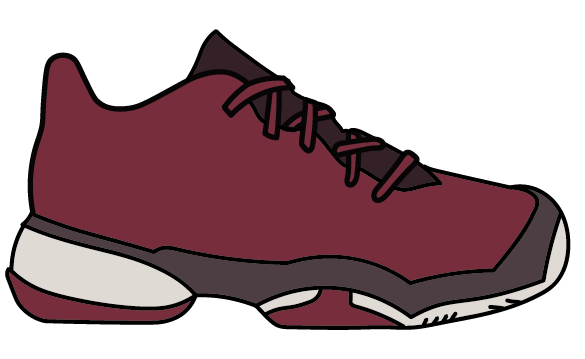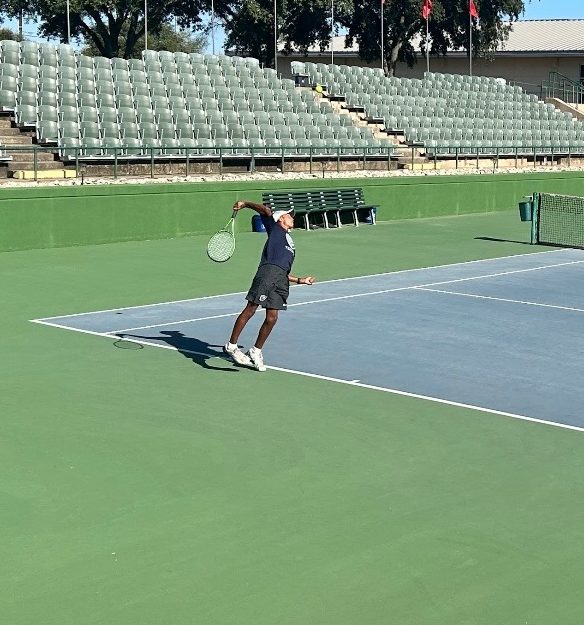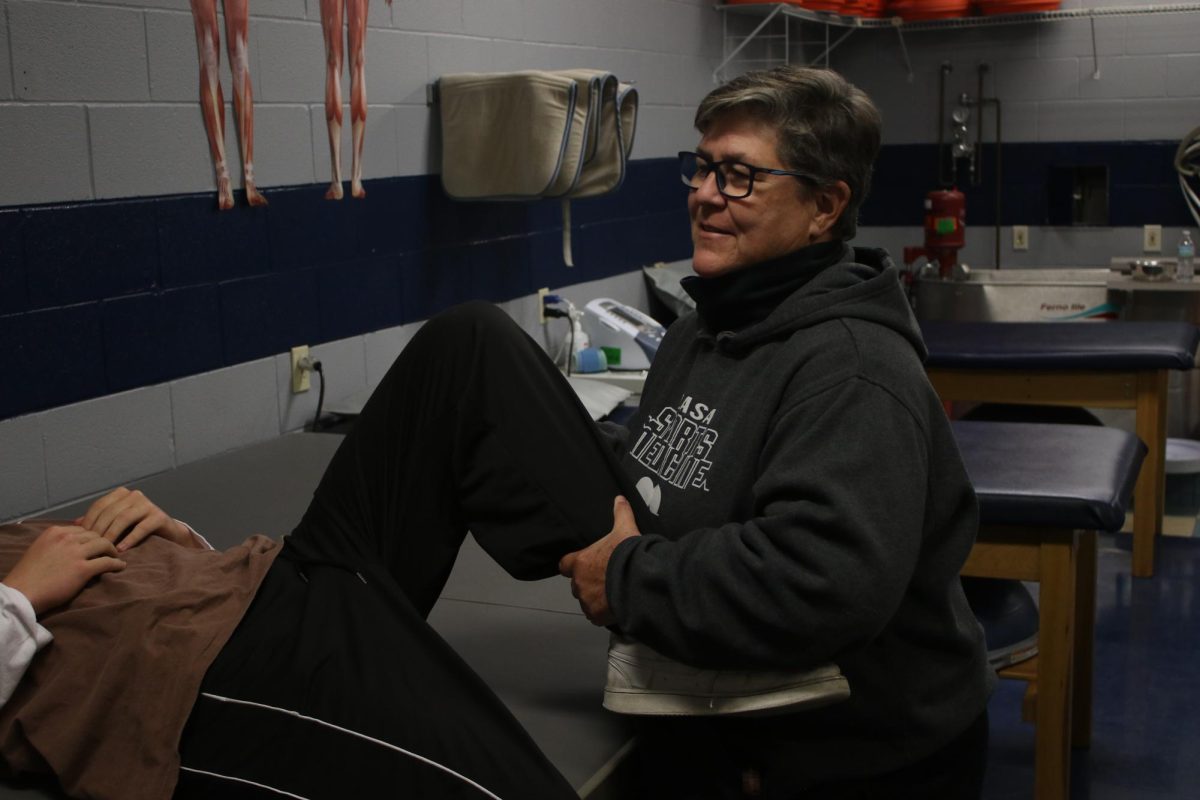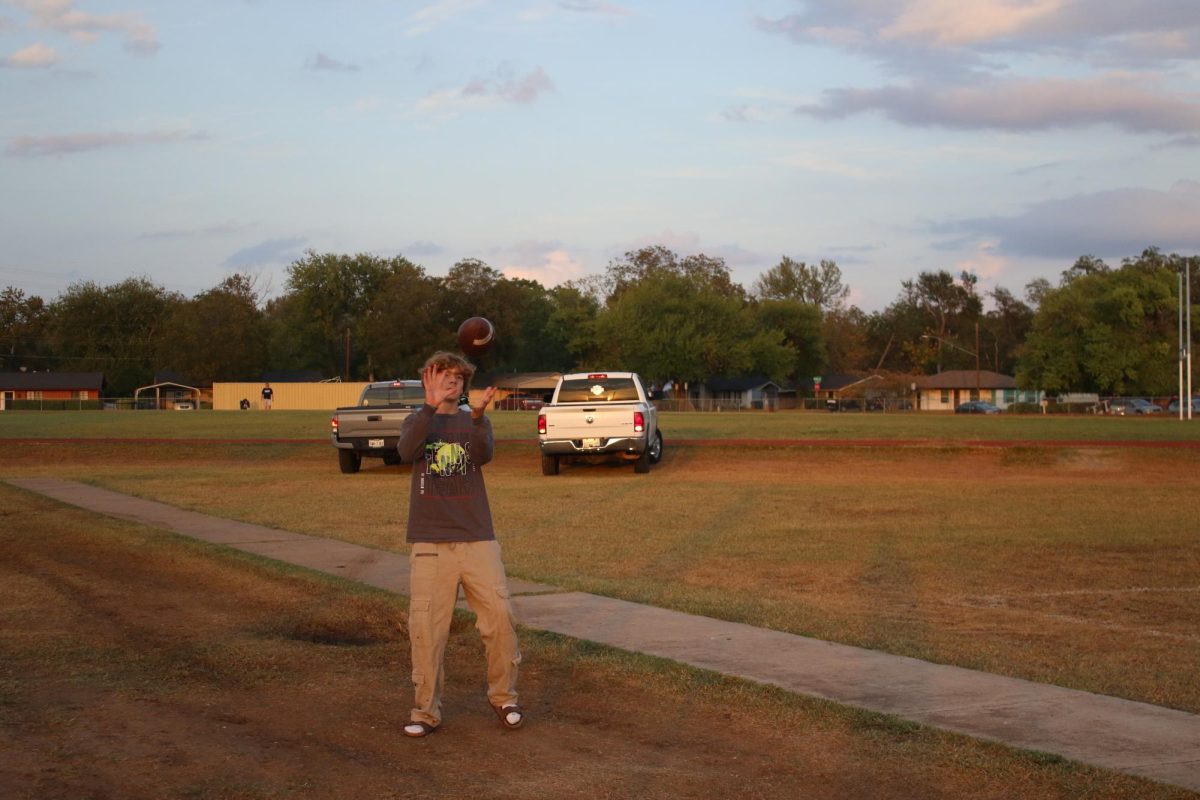Austin has become the eighth healthiest city in the country, according to the Chamber of Commerce. With running being a focal point of Austin’s culture of active living, numerous annual running events take place in Central Texas throughout the year. These events range from small fundraisers to international competitions that bring athletes from all over the world to Central Texas to compete in a single event.
The beginnings of this athletic culture started in 1978 with the first-ever Austin Statesman 10K race. Since then, the Cap 10K has grown to be the largest 10K race in Texas and the sixth largest in the country. In 1991, the Austin Marathon was created, and since then it has expanded to include not only a marathon but also a half-marathon and a 5K. The Austin Marathon started with a total of 605 registrants and has grown to include over 17,000 runners from 25 countries around the world and all 50 states.
Senior Dylan Ramirez was a competitor and runner in the 2024 Austin Marathon in mid-February. Ramirez’s experience was marked by intense pain throughout the race, but then a final sense of accomplishment right after finishing the 10K.
“I started training for it right before school started,” Ramirez said. “It feels like the past six months of my life culminated up to a point, and my legs were cramping and I could barely walk, but that feeling is unlike anything else out there. You get to push yourself to your limit. The best thing about running a marathon is the sense of accomplishment you get out of it.”
Running events aren’t the only athletic attraction that Central Texas has; there are over seven different triathlons that take place in Central Texas throughout the year. Junior Summer McCurdy participates in a triathlon every year during the summer. She is also a member of the LASA Track and Field team. She notes that competing in a triathlon has its own unique challenges.
“Athletes should have one outfit that they wear for the triathlon: one that you can swim, bike, and run in,” McCurdy said. “In my first year doing a triathlon, I changed in between events and I lost a lot of time. The first step for doing a triathlon is choosing a race type to compete in. Then, you can create a training plan moving backward from the race date.”
In addition to the races and events that take place in Central Texas, Austin has several running clubs and groups that are active throughout the week. Shayna Dunitz is a representative of one of the biggest clubs in Austin is the Austin Runners Club (ARC), which will be celebrating its 50th anniversary this year with special initiatives for its members. According to them, ARC is not a single club, but rather a collective group of clubs scattered throughout Austin that meet at different times throughout the day.
“We have clubs in South Austin, North Austin, and East Austin… even out in Buda,” Dunitz said. “Our mission is to transform lives through running and build active communities for people of all ages, abilities, and backgrounds.”
To Ramirez, as daunting as running may seem, the hard work it entails is outweighed by the runner’s high that comes immediately after a good, challenging run. As long as they have the will, discipline, and good pacing, even running a marathon is possible for anyone.
“Some advice I would give to someone training for a marathon is to build up slowly and focus on your recovery days,” Ramirez said, “because if you undertrain a little bit, it’s fine, the adrenaline will carry you to the finish line, but if you overtrain, your legs are gonna be fatigued from your training and you’ll burn out too early in your race. Play the long game during the race.”







